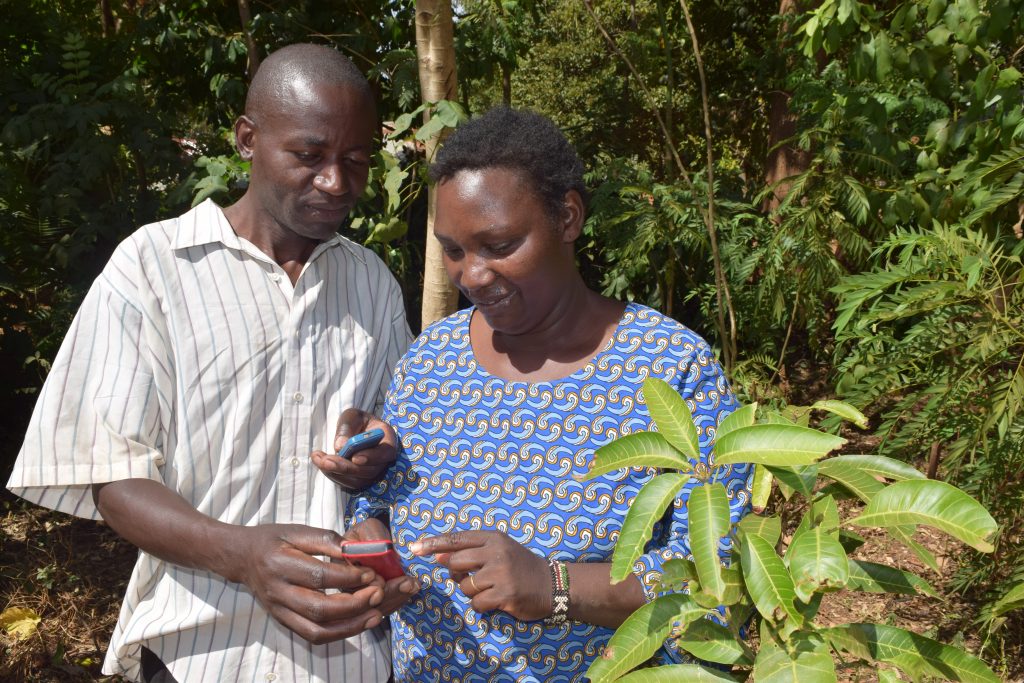New Trial Eradicated 80% of a Disease-Carrying Mosquito Population
A new trial experiment undertaken in Australia has been shown to successfully eliminate 80% of the disease-bearing mosquito Aedes aegypti.
CABI warns of rapid spread of crop-devastating fall armyworm across Asia
CABI scientists have today warned of the impending rapid spread of the crop-devastating pest, fall armyworm, across Asia following its arrival in India, with major crop losses expected unless urgent action is taken. The warning comes following a pest alert published this week by the Indian Council of Agricultural Research (ICAR) on the website of one of…
CABI works in partnership to help rid UNESCO Natural World Heritage site Socotra of common pest pear Opuntia stricta
Invasive species experts from CABI have been working in partnership with a range of international organisations, including more than 200 members of a local community and a musical band, to help get rid of the common pest pear Opuntia stricta from the Socotra Archipelago, Yemen.
Why Prosopis no longer ‘pays’ as a prospect for positive environmental and socio-economic productivity
In the late 1970s and early 1980s the group of closely-related woody plant species and hybrids known as Prosopis were seen as a ‘saviour’ for millions of pastoralists and agro-pastoralists in East Africa whose very livelihoods were threatened by the degradation of dryland ecosystems spurred on by overgrazing, and by deforestation and a shortage of…
Fall Armyworm Is Here to Stay. But We Can Manage.
By Roger Day. Reblogged from Fall Armyworm Tech Prize In 1996 in response to the first international meeting on invasive alien species, the Global Invasive Species Programme (GISP) a collaboration between the Centre for Agriculture and Biosciences International (CABI), the International Union for Conservation (IUCN), and the Scientific Committee for Problems of the Environment (SCOPE), was…
Southern armyworm identified from West and Central Africa
Edited by Washington Otieno, Roger Day and Matthew Cock. The International Institute of Tropical Agriculture (IITA) has confirmed that caterpillar and adult moth samples from West and Central Africa are southern armyworm, Spodoptera eridania.
Fight against fall armyworm in Kenya ‘mobilised’ with new government text messaging campaign
A new weapon in the fight against the fall armyworm caterpillar in Kenya is being launched giving thousands of smallholder farmers free expert help and advice on how to tackle the devastating pest through mobile SMS text messaging.
Twenty Innovators Selected to Tackle Fall Armyworm in Africa with Digital Solutions
By Lauren Bieniek. Reblogged from Agrilinks. It’s hard to believe that a small worm could destroy millions — millions of tons of crop yields, millions of dollars in farm income and millions of tons of food for families. I’m talking about the Fall Armyworm (FAW), an invasive pest that has spread quickly across the African continent. Originally from the…
Protecting Carnaúba Palm Trees in Brazil from Devil’s Claw
Called the “White Forest” by native populations, the Caatinga ecosystem covers an estimated 11% of Brazil and is spread across the states of Alagoas, Bahia, Ceará, northern Minas Gerais, Maranhão Paraíba, Piau, Pernambuco, Rio Grande do Norte and Sergipe. This dry forest is home to the largest populations of Carnaúba palms in the world. It…





